Navigate
Article List
- Launch of Metals Focus’ Gold Focus 2018
By Nikos Kavalis, Director, Metals Focus
- Myanmar: Gold’s Last Frontier
By Khin Maung Han, Chairman, Myanmar Gold Development Public Company
- Will Bitcoin Replace Gold as a Modern-Day Safe Haven?
By Avtar Sandu, Senior Commodities Manager, Phillip Futures
- Why Gold is More than an Insurance Asset
By Wayne Gordon, Executive Director, Chief Investment Office, Wealth Management, UBS
- The Economics of Bitcoin and Gold
By Jan Kursawe, Crypto Economist and Financial Analyst, Vaultoro.com
- Democratising Access to Gold
By Robin Lee, CEO, HelloGold
- SBMA News
By Albert Cheng, CEO, SBMA
Article List
- Launch of Metals Focus’ Gold Focus 2018
By Nikos Kavalis, Director, Metals Focus
- Myanmar: Gold’s Last Frontier
By Khin Maung Han, Chairman, Myanmar Gold Development Public Company
- Will Bitcoin Replace Gold as a Modern-Day Safe Haven?
By Avtar Sandu, Senior Commodities Manager, Phillip Futures
- Why Gold is More than an Insurance Asset
By Wayne Gordon, Executive Director, Chief Investment Office, Wealth Management, UBS
- The Economics of Bitcoin and Gold
By Jan Kursawe, Crypto Economist and Financial Analyst, Vaultoro.com
- Democratising Access to Gold
By Robin Lee, CEO, HelloGold
- SBMA News
By Albert Cheng, CEO, SBMA
Myanmar: Gold’s Last Frontier
By Khin Maung Han, Chairman, Myanmar Gold Development Public Company
Published on April 17, 2018
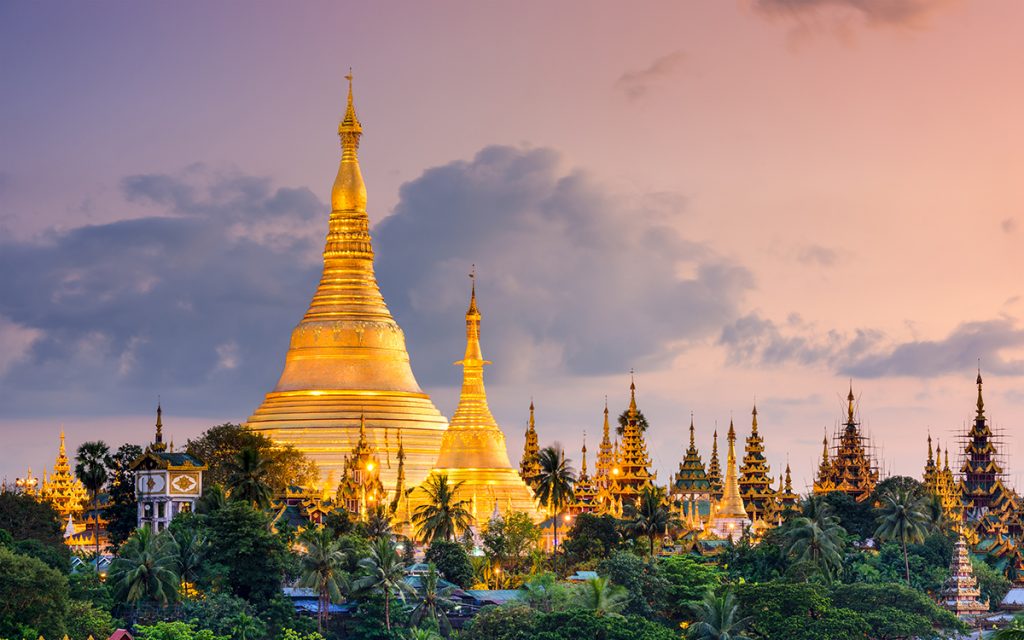
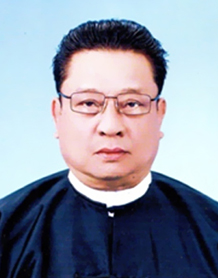
Khin Maung Han has a background in geology and metallurgy and 30 years of experience in the mining industry. Besides being a high-profile gold mining entrepreneur and business owner, he is the president of the Myanmar Federation of Mining Association, the leading advocate for mining in Myanmar. Concurrently, he is the chairman of Myanmar Gold Development Public Company, which is leading the development of Myanmar’s gold sector. He was recently appointed as general secretary in a public-private committee for the development of Myanmar’s central market in gold, gemstones and jewellery.
Gold has played an important role in the culture and religion of Myanmar since the advent of Buddhism in the country. There are many large pagodas in Myanmar that are covered in layers of gold that date back more than a few centuries – donations from less than a gram in thin gold leaf, and up to the equivalent of a person’s body weight.
The famous Shwedagon Pagoda is estimated by itself to have no less than 9 tonnes of gold and up to a widely speculated 60 tonnes of the precious metal. Other famous but lesser known pagodas have no less than a few hundred kilograms of gold, and there are more than a hundred of these pagodas in Myanmar alone.
On the other hand, culturally and in practice, Burmese people have little to no faith in long-term savings based on fiat currencies. This is coupled with the fact that the Myanmar kyat is so volatile that a 20% inflation against other currencies, namely the US dollar, in an extremely short time frame is the norm. In the early/mid-2010s, the kyat fell by about 45% against the US dollar, while the then-international benchmark for most currencies against the US dollar was only about 12–14%.

The long-standing trust people in Myanmar have towards gold as a form of stored value or savings also comes with the fact that in small amounts, gold is comparatively more affordable than land or property. It can also be cashed out easily compared to property, which can take much longer. Because of this, demand is high in Myanmar – the Burmese population purchases an average total of US$8 million per day in the two largest cities of Yangon and Mandalay. This equates to nationwide daily gold production of 200–400 kilograms, with about 30% coming from mines and the rest from scrap jewelry and other forms. However these figures are very rough estimates based on the recently reformed Inland Revenue Tax system and are not necessarily indicative of actual figures.
In actuality, large amounts of gold are known and have been documented via media articles and international reports to be smuggled across Myanmar’s borders to neighboring countries. The Myanmar government is fully aware the extent of this, and industry experts and insiders have speculated the smuggled figures to be very close, if not higher, to the local known daily consumption of gold.
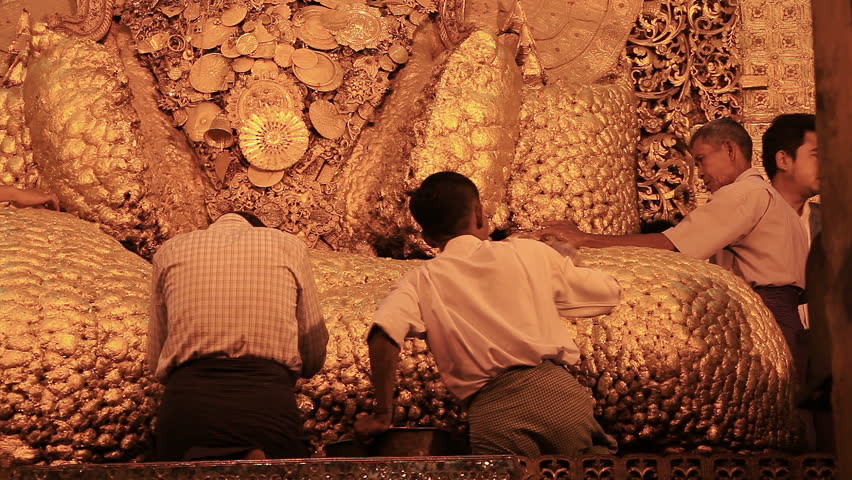
Since the formation of the Myanmar Gold Development Public Company – the business entity of the Myanmar Gold Entrepreneur Association – in 2012, it has worked with the government to improve the development of the country’s gold sector and to provide a sustainable and feasible way for exporting gold proper and legal channels. This would encourage less smuggling and bring more revenue to the country, which it otherwise would not have from smuggling.
Since 2017, the state has been playing a stronger role in the development of Myanmar’s gold sector. Government mandates and announcements in the past 12 months, which include the signing of several international agreements, have been driving transformation across the entire industry. This has been a very turbulent, albeit fruitful period for the gold sector.
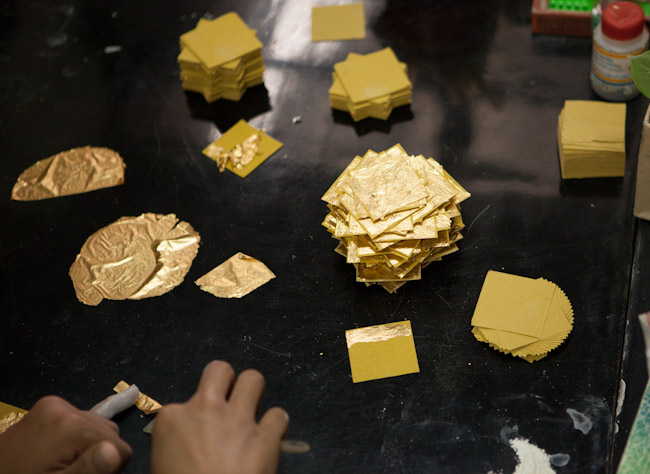
Our key milestones in the past 12 months include:
- Attending the inaugural Asia Pacific Precious Metals Conference in June 2017.
- Signing a Memorandum of Understanding with the Singapore Bullion Market Association (SBMA) during the conference.
- Coordinating with SBMA in June–July 2017 on obtaining support from the Chinese Gold & Silver Exchange Society (CGSE).
- Discussions in July-October in Myanmar for the joint development of an international financial and commercial hub/region, with Myanmar Gold Development Public Company (MGD) and Myanmar Minerals Development Public Company (MMDPC) leading the effort.
- Sending a Myanmar delegation to the London Bullion Market Association (LBMA) conference in Barcelona, Spain.
- Drafting and finalising the public-private Central Market Committee in November 2017, which includes the Ministry of National Planning and Finance, Ministry of Commerce, Central Bank of Myanmar, Customs Department, Department of Geological Survey and Exploration, Department of Mines, Myanmar Gems Enterprise (government), Inland Revenue Department, Myanmar Gold Entrepreneur’s Association (private sector), Myanmar Federation of Mining Association (public-private), and Myanmar Gems and Jewelry Entrepreneur’s Association (private sector).
Note: The Myanmar Gold Entrepreneur’s Association and the Myanmar Gems and Jewelry Entrepreneur’s Association are nonprofit organisations, and by Myanmar law are not allowed to partake in business. Thus their public company counterparts were formed – the Myanmar Gold Development Public Company (MGD) and Myanmar Minerals Development Public Company (MMDPC). - Officially announcing the Central Market Committee in December 2017.
- Ministry of Commerce’s media announcement on the liberalisation for the export of gold jewellery and accessories in January 2018, with implementation to start at a later date.
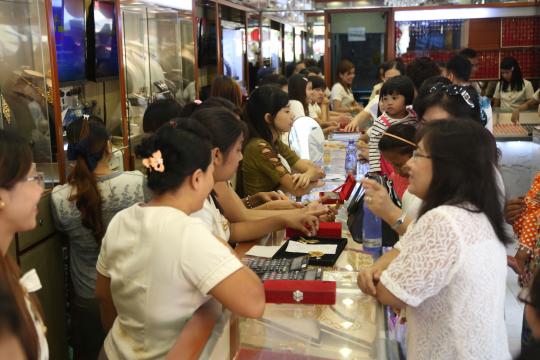

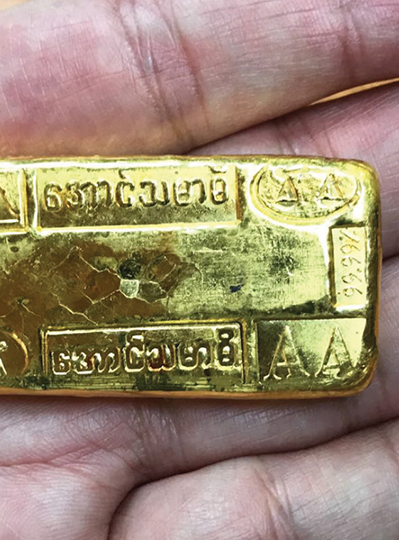
At the same time, high-level discussions between the government and its private sector counterparts have established the following, pending final approval:
- International bullion-quality gold, 99.9 or 999.9 kilobar or 400 oz bar with 0% tax, to be exported and imported via the proposed gold exchange. All gold will be transacted through Central Bank of Myanmar’s FTA Vault or those permissible by the Central Bank of Myanmar.
- Nonstandard gold in the form of jewellery or accessories will be taxed at 1% and be subject to documentation and administrative charges. They will be exported via the Ministry of Commerce, which will issue export licenses to companies, and all exports will be done on a shipment-per-permit basis.
- All KYC and due diligence will be performed according to Myanmar’s anti-money laundering (AML) laws and combating of terrorism (CFT) laws. Myanmar is a member of the Asia Pacific Group for AML/CFT, which follows the recommendations from the Financial Action Task Force (FATF). Recommendations of the FATF are also adopted by the Organisation for Economic Co-operation and Development (OECD) in LBMA’s due diligence policies.
- The trial period for the gold exchange is tentatively set for the 3rd or 4th quarter of 2018.
In summary, 2018 looks to be a much more active year, with the culmination of years of planning and scheduling finally bearing fruit. Even with many players from the international gold community expressing an interest in the Myanmar gold market, there are still many lucrative investment opportunities. The doors are still open across the entire value chain of Myanmar’s gold sector, and hopefully, this will not be the case for much longer.

Khin Maung Han has a background in geology and metallurgy and 30 years of experience in the mining industry. Besides being a high-profile gold mining entrepreneur and business owner, he is the president of the Myanmar Federation of Mining Association, the leading advocate for mining in Myanmar. Concurrently, he is the chairman of Myanmar Gold Development Public Company, which is leading the development of Myanmar’s gold sector. He was recently appointed as general secretary in a public-private committee for the development of Myanmar’s central market in gold, gemstones and jewellery.
























